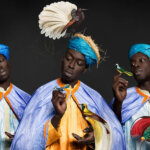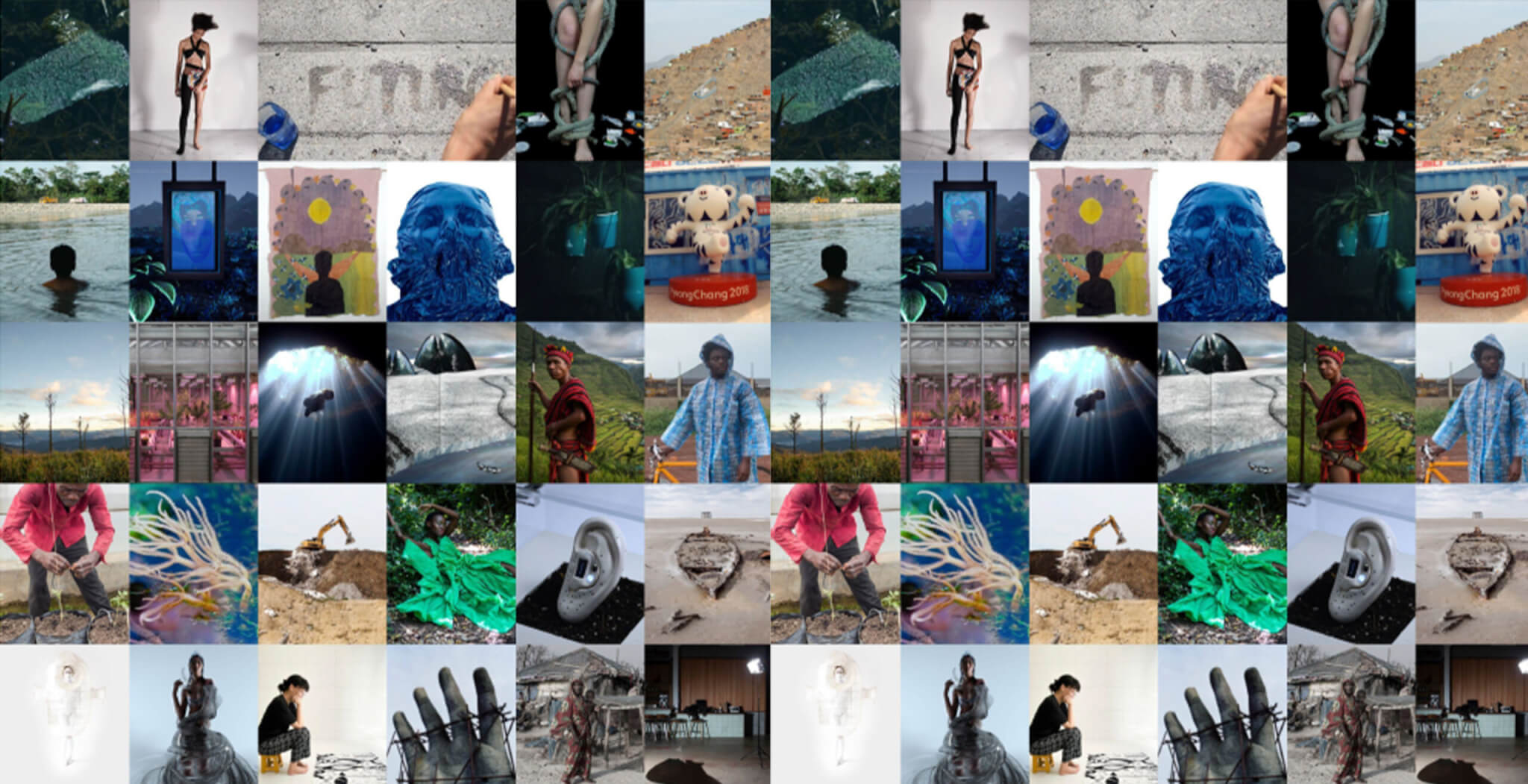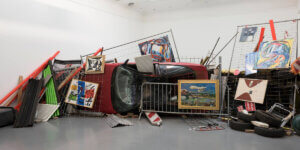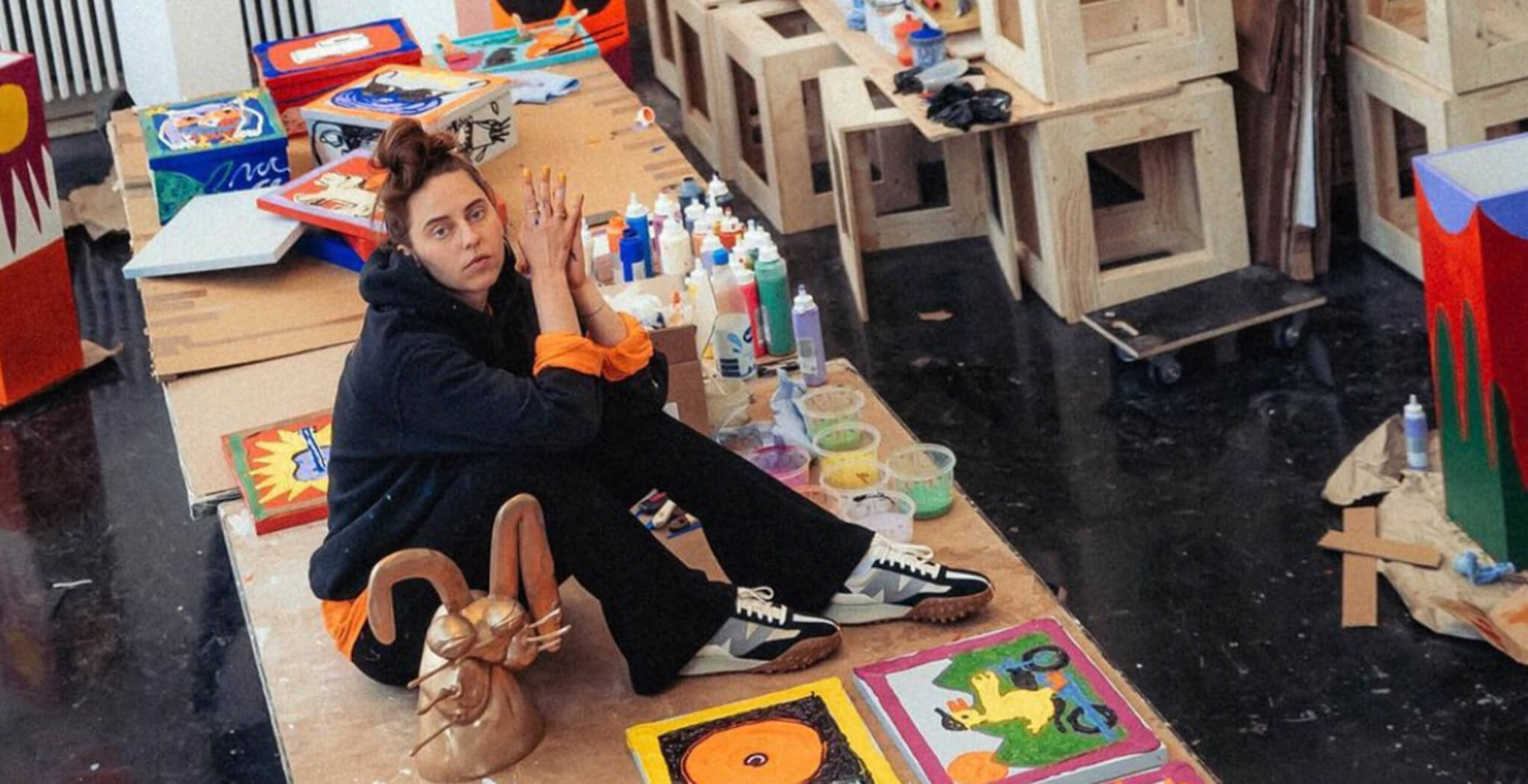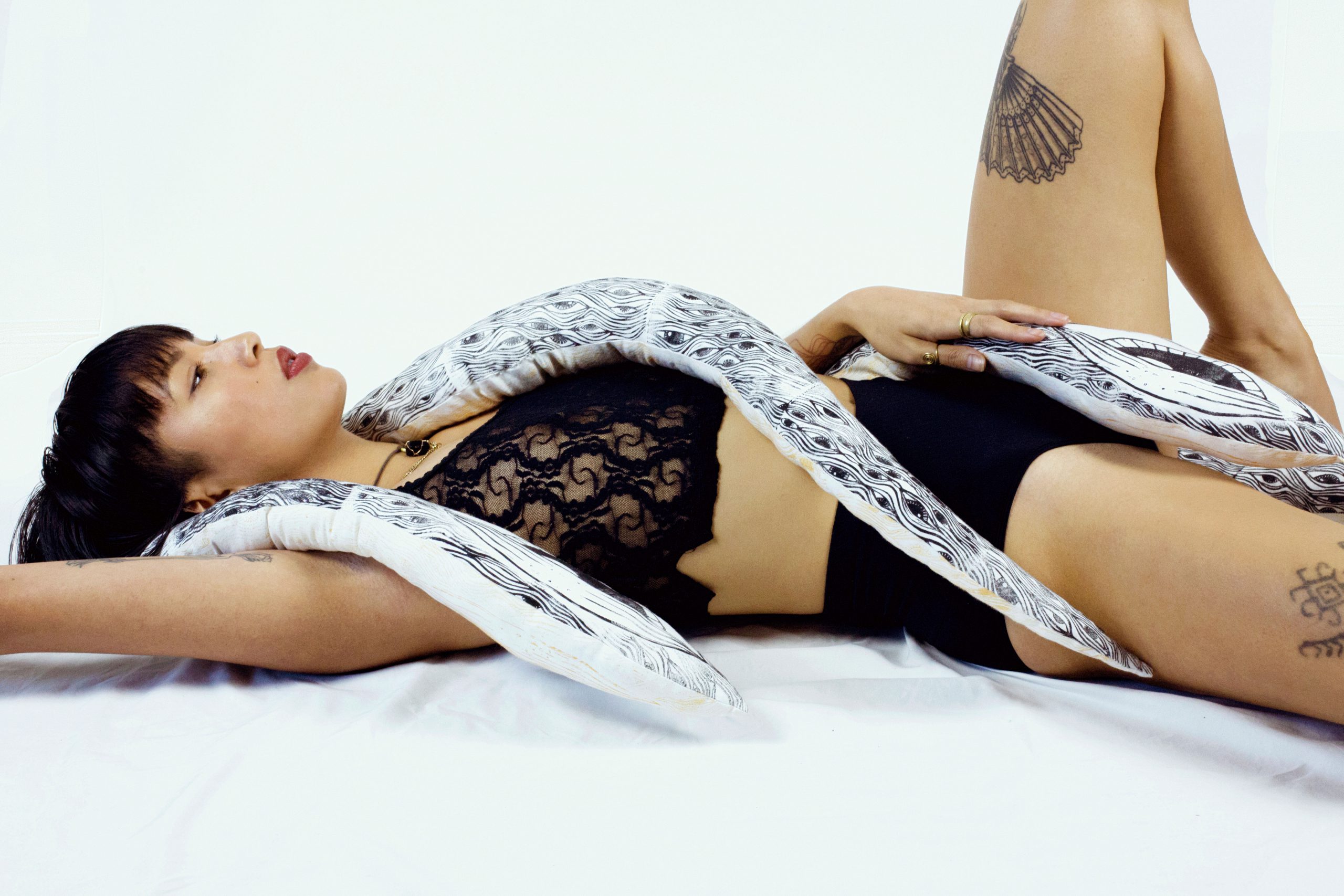“If I hadn’t been a photographer, I would
have chosen another form of art perhaps writing or painting.
Basically, what I’ve always enjoyed doing is telling stories.”
—Omar Victor Diop
What if the history we’ve been taught only tells one side of the story? Through his camera lens, Senegalese contemporary photographer Omar Victor Diop challenges this one-dimensional narrative, offering a meaningful reinterpretation of historical events and bringing attention to what has been neglected. With each photograph, he presents the struggles and triumphs of Black individuals who have profoundly influenced society and culture. How Diop’s visual storytelling, where history is not merely portrayed but redefined, revealing narratives often excluded from mainstream discourse is here to be discussed.
Ever since encountering Diop’s work, I’ve been captivated by his visual exemplification of critical fabulation—a concept coined by the scholar Saidiya Hartman. Critical fabulation proposes blending fact and fiction, allowing to reimagine historical narratives. While Hartman mainly refers to the field of literature, Diop uses photography to blur the boundaries between history and myth, reality and imagination, offering fresh perspectives on past and future. By inviting the public to question established truths and consider alternate perspectives, his artworks allow for a more inclusive and accurate portrayal of histories, in plural.
Omar Victor Diop: Identity and photography
Across Western societies, Black and non-white individuals have often been disenfranchised and relegated by the prevailing white gaze. Diop’s photographs shift this belief system by highlighting their significant and often overlooked contributions, an effort that’s mirrored in a recent exhibition about Black fashion in London, The Missing Thread. Rather than solely reflecting on his own identity, Diop’s work portrays and celebrates the diverse experiences of resistance and achievements within the Black communities. His photographic work serves as a powerful tool for remembrance, emphasizing the pivotal role of Black identities in writing ancestrality, contemporaneity, and eco-liberation. Through his lens, viewers are invited to reconsider established truths and expand their perception beyond the traps of universalism.
These themes are presented in his photographic trilogy, Diaspora (2014), Liberty (2017), and Allegoria (2021). In Diaspora, the artist steps in front of the camera for the first time. In this initial chapter, Diop navigates the personal and collective experiences of occupying a position of prestige while grappling with the feeling of not belonging. The series features notable Black figures from the African diasporas between the 15th and 19th centuries, such as Pedro Camejo (1970 – 1821), Albert Badin (1747? – 1822), and Henrique Dias (1605? – 1662). These individuals achieved societal positions that defied the expectations set by the colonial narrative. The aesthetics of the photographs blend historical paintings with contemporary elements, such as soccer references, to create a powerful visual and critical narrative between past and present.
In Liberty, subtitled A Universal Chronology of Black Protest, the artist portrays various resistance groups that have fought against colonial and systemic oppression. Introducing a new dimension, we encounter the presence of a female alter ego, represented by Khadija Boye. The series includes Jamaican Maroons, West African railway laborers, soldiers in the Second World War, members of the Black Panthers, and those involved in the South African struggle against apartheid. As well as lesser-known movements such as the courageous women-led socio-political uprisings in southeastern Nigeria, providing an early example of feminist, anti-colonial protest.
Depiction of intersectional struggles
While the initial chapters of Diop’s work delve into human struggles, Allegoria focuses on non-human entities and the environment. Here, the crisis is planetary, and the struggles intersect in a more-than-human narration. Diop remains a central figure, this time amidst vibrant colors, accompanied by collages of fauna and flora. According to the artist, Allegoria is his ‘love letter to Earth’. It serves as a visual reminder of the preciousness of nature and a call to action to protect our planet and communities for present and future generations.
Diop’s photographic series transcends mere representation, serving as a powerful reminder of the dual nature of storytelling: its potential to both imprison and emancipate. In this era of planetary transition, marked by ecological crises and social upheaval, storytelling plays a vital role. It serves as a beacon of hope, guiding us through the murky waters of uncertainty and inspiring a world where justice, equity, and eco-liberation can thrive.
Storytelling, whether written, photographed, painted, sculpted, performed, spoken, or sung, facilitates the re-envisioning of historical events and their significance. It acknowledges the complexities inherent in human and more-than-human experiences, providing a framework for understanding and moving beyond dominant, and at times, destructive perspectives.
*Header: Allégoria 6 © Omar Victor Diop, courtesy Galerie MAGNING-A








